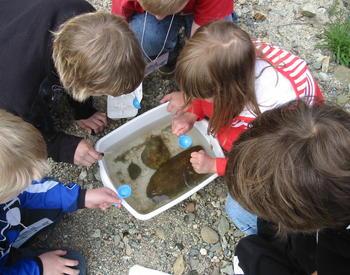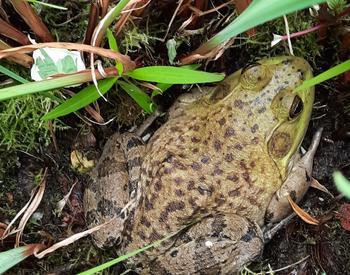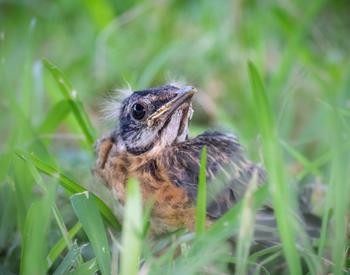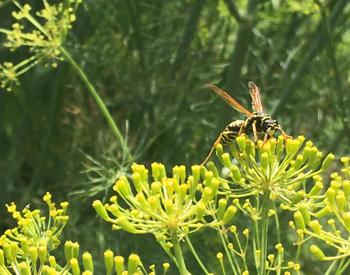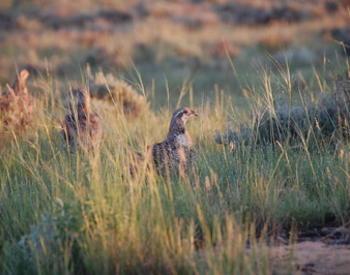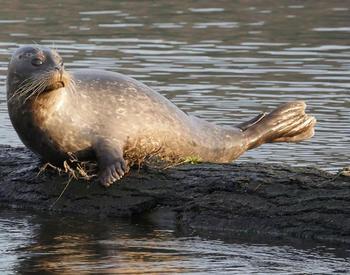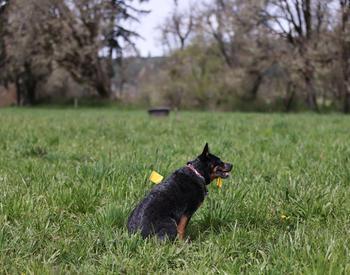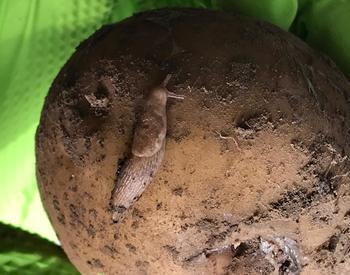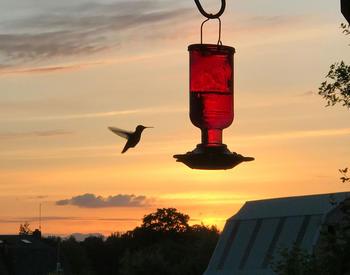I have five frogs that sit on my porch light by my front door and eat bugs. They are a nuisance. They leave droppings on the porch and I can’t use my front door because they will jump in the house. I do not have a pond or live by any water, so I am not sure what is attracting them. How can I get rid of them?
These frogs sound like treefrogs, likely Pacific Treefrogs. This behavior is common, as porch lights attract insects. Treefrogs take advantage of having a lot of insects to feed on without all the effort.
Your porch light is attracting them to your front door from the surrounding habitat. Here's what the Oregon Department of Fish and Wildlife says about Pacific Treefrog habitat:
"Treefrogs live in wetlands, meadows, woodlands and brushy areas. They breed in shallow ponds, slow moving streams, seasonal pools, watering tanks and roadside ditches. Breeding sites are used only a few weeks or months of the year.
Treefrogs spend the rest of the year in surrounding upland areas. In fact, it is not uncommon to find treefrogs several hundred yards from water. During dry periods and in arid areas, adult treefrogs are active only at night, spending the day in water or shaded vegetation, rocks or log crevices, rodent burrows or other protected places.”
While the frogs will eventually stop coming to your porch light as insect populations decrease as temperatures start to cool down and the frogs move to locations to hibernate, the immediate solution is to turn off your light. If having it on is preferred, such as for added security, perhaps switching to a motion-activated porch light would be acceptable. The light would stay off until you step onto your porch, but insects wouldn't congregate, making treefrogs much less likely to show up.
I hope this information helps!
